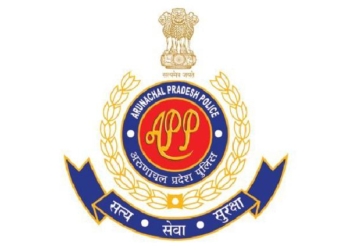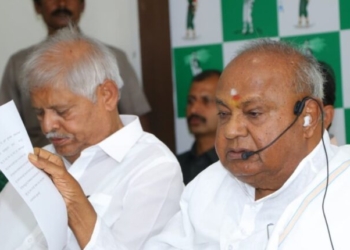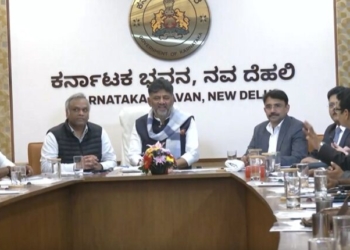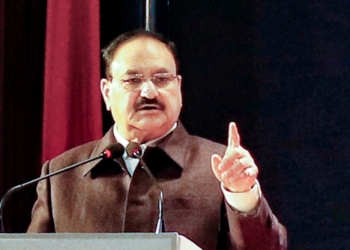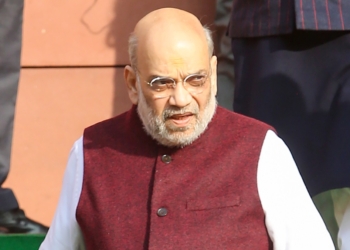Bhubaneswar: The Indian subcontinent is full of anecdotes singing the glorious history of heroes who have fought to protect the sovereignty of their motherland. One among those heroes was Maharana Pratap, the ruler of Mewar province of present-day Rajasthan, India.
Brief insight:
Born on May 9, 1540, Maharana Pratap was the eldest son of Udai Singh II and his wife Jaiwanta Bai.
After the demise of his father in 1572, Maharana was coroneted as the ruler of Mewar at the age of 32 years.
He was the 54th ruler of Mewar belonging to the Sisodia Rajput lineage.
Maharana instantly gained fame for his strong decision-making, battle strategies, and valiance against the Mughal Emperor Akbar, desperately trying to capture Mewar as a symbol of his dominance and territorial expansion.
Legacy:
As per the historical records, Maharana had a commanding position in the war field with a towering height of 7.5 ft equipped with unmatched armaments including a spear of 80 kg, two swords of 25 kg and body armour weighing around 72 kg. His total body mass along with the weaponry was believed to be a staggering 208 kg.
His loyal animal companions were equally popular amongst the people, which included a horse named Chetak, and an Elephant named Ramprasad. Both the animals lost their life serving Maharana during his war ventures. Modern-day statues of Maharana, often depict his image of riding on his horse’s back to the war field.
The Battle of Haldighati:
The battle of Haldighati was fought between Maharana Pratap and the forces of Mughal Emperor Akbar led by Rajput King Man Singh I on June 18, 1576.
In the intense battle, Maharana gave tough competition to the Mughal forces despite significantly having a smaller force. The Mughal army consisted of more than 10,000 armed soldiers whereas Maharana’s army had only 3,000 soldiers.
As per Mughal historian Abul Fazi, about 500 soldiers from Maharana’s side lost their lives on the battlefield whereas 150 casualties were reported from Mughal forces.
Maharana fled the battlefield after losing. However, no significant territorial gains were made by the Mughals.
After, the war Maharana continued his conquest against the Mughals through guerilla warfare recapturing most of his lost territories.
Maharana Pratap died at the age of 56, on January 19, 1597, after sustaining severe injuries in a hunting expedition. On his death bed, he was recorded saying; “Never surrender to the Mughals and regain the territorial control of Chittor” to his son and successor Amar Singh I.
Conclusion:
Maharana Pratap Jayanti is celebrated every year on the eve of his birth anniversary with pomp and gaiety in the state of Rajasthan as well as in several parts of India as a remembrance of the great warrior and his courageous stance against the invading forces.





